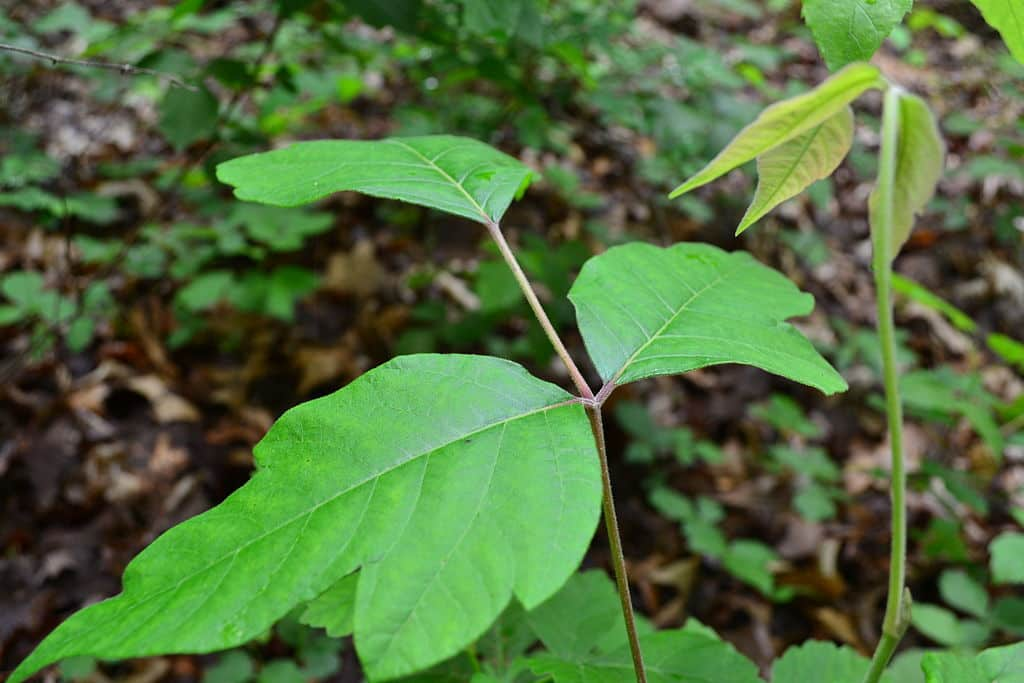Take the Sting Out of Poison Ivy
OutdoorHub Staff 07.18.16

“Leaves of three; let it be.”
Anyone who’s been on a camping trip has heard this sage advice about avoiding poison ivy from a friend, mentor or park ranger. The trouble is, unless you’re camping in Alaska, Hawaii or somewhere in the desert, you’re likely to run into the plant while hiking, exploring or gathering firewood.
The rash, blisters and itching poison ivy causes isn’t because the plant is toxic, as some people mistakenly believe. Rather, they are signs of an allergic reaction to urushiol, an oil the plant produces, and which causes the reaction in about 85% of humans.
Recognizing what the plant looks like is the best way to avoid an accidental and uncomfortable encounter. It can grow as a shrub or vine, and features the signature three-leaf cluster that can be red in the spring, green in summer and red, orange or yellow in the fall. The leaves can be lobed or smooth depending on the species, and when fruiting, the plant will have white or white/pale green berries.
Covering your arms, legs and feet when trekking in poison-ivy country is the best way to avoid contact, but remember that touching clothing (or even a pet’s fur) that’s been exposed to urushiol, even hours or days later, can cause a reaction.
Removing as much oil as possible with warm, soapy water is the first step to take if you or one of your fellow campers come in contact with poison ivy, and depending on the exposure level, might be the only first-aid required.
If an itchy rash develops, expect it to hang on for anywhere from 7 to 21 days. Refrain from scratching the itch because it could make matters worse. Instead, relieve it with cool compresses, calamine lotion, or over-the-counter remedies that contain hydrocortisone, such as Dr. Burkenstock’s That Itch Stuff or Cortizone 10. Some people get relief from the itch using an oatmeal bath or poultice as well.
Most reactions to poison ivy exposure can be treated in camp or at home. If the reaction is severe enough to cause a medical emergency, however, seek immediate medical help. Likewise, if the rash covers a large portion of the skin, or it forms on the face near the eyes or in the genital area, call a doctor.
Have fun camping and hiking, but avoid leaves of three!

